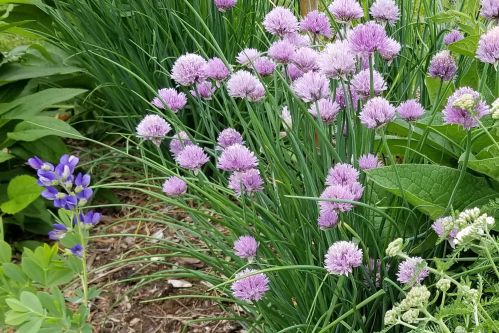Resources
Fertilizing Young Non-Bearing Trees
Set your fruit trees up for success by establishing a strong framework of tree branches while they are young.
Learn how to tell whether or not your trees need fertilizing. This article will not tell you everything there is to know about your fruit trees, but it is a good starting place. Specifics of your planting site and which fruit is being grown also need to be considered.
Bud Break is an important time for the tree -- when the buds start to swell in spring, you know your tree is waking up from winter dormancy. The buds are also telling you what to do, if you're open to what the tree needs. If you want fruit within a few years without damaging or taxing the tree too much, young and non-bearing trees will likely benefit from being fertilized.
Look at last year's growth. Find last year's growth ring on a branch (an area where it looks like a smaller piece of new wood is emerging from a slightly larger area with a collar in between). Measure from that point all the way to the tip. Do this in several areas to get your average measurement. If less than 15 inches you should apply an organic fertilizer, following the instructions on the package.
It's understood that not everyone has or will do a soil test. If you miss this opportune window, you can still do this through June.

